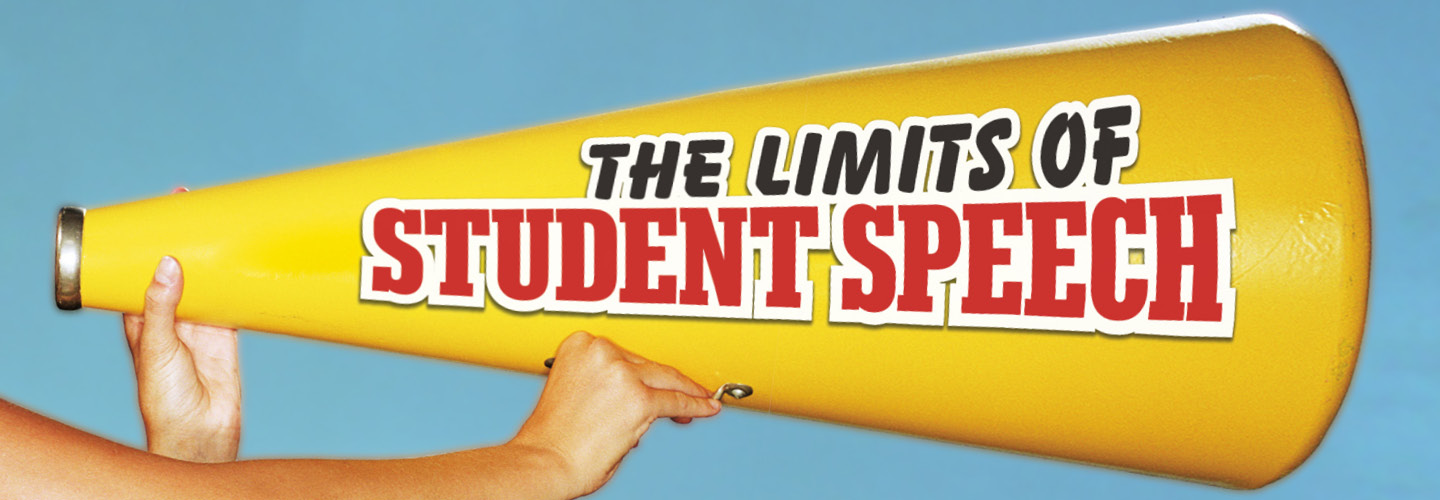Brandi Levy was having a bad day. It was a Saturday in the spring of 2017, and the ninth-grader at Mahanoy Area Junior/Senior High School in Pennsylvania had just learned that she’d failed to make the varsity cheerleading squad and would remain on JV.
Levy vented her frustration on social media, sending a Snapchat message to about 250 friends. The message included an image of herself and a friend with their middle fingers raised, along with text expressing a similar sentiment. Using a curse word four times, Levy expressed her dissatisfaction with “school,” “softball,” “cheer,” and “everything.”
Though Snapchat messages are designed to disappear, another student took a screenshot of this one and showed it to her mother, one of the cheerleading coaches. The school suspended Levy from cheerleading for a year, saying the punishment was needed to “avoid chaos” and maintain a “teamlike environment.”
Brandi Levy was having a bad day. It was a Saturday in the spring of 2017. That day, she had just learned that she’d failed to make the varsity cheerleading squad. That meant that the ninth-grader at Mahanoy Area Junior/Senior High School in Pennsylvania would remain on JV.
Levy vented her frustration on social media. She sent a Snapchat message to about 250 friends. The message included an image of herself and a friend with their middle fingers raised. It also had text that conveyed similar feelings. Levy expressed her dissatisfaction with “school,” “softball,” “cheer,” and “everything.” And she used a curse word four times to stress her point.
Snapchat messages are designed to disappear, but this one was captured before that happened. Another student took a screenshot of it and showed it to her mother, one of the cheerleading coaches. The school suspended Levy from cheerleading for a year. The school said the punishment was needed to “avoid chaos” and maintain a “teamlike environment.”

